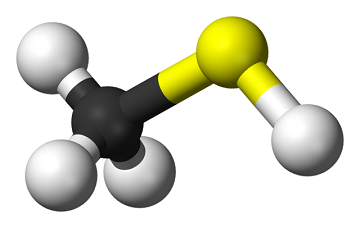Iron is an essential micronutrient required by plants in minute quantities for healthy growth and development. However, iron deficiency can significantly impact agricultural productivity. Chelated forms of iron have emerged as an effective solution to supplement iron in agricultural soils and foliage.
Why is Iron Important for Plants?
Iron plays a crucial role in chlorophyll synthesis, photosynthesis and electron transport chain reactions in plants. As a key component of enzyme systems, iron is involved in nitrate and sulfate reduction, energy production and other metabolic pathways. Lack of sufficient iron can hamper these vital processes and stunt plant growth.
Many agricultural soils today are deficient in available iron due to intensive cultivation practices over years. Soil characteristics like high pH, excessive salts and carbonates can further immobilize existing iron reserves making it unavailable for plant uptake. Irrigation water too may lack dissolved iron. Due to these reasons, iron deficiency disorders have become common in extensive cultivated areas worldwide.
Symptoms of Iron Deficiency
Typical symptoms exhibited by plants suffering from iron deficiency include interveinal chlorosis or yellowing of younger leaves while veins remain green, followed by stunting and wilting. Crops like soybean, Citrus, stone fruits, Pomegranate, sugarcane etc. are particularly prone to Fe deficiency. Left unaddressed, it can cause significant yield losses.
Early diagnosis and swift supplementation of iron is important to mitigate deficiency and minimize damage to crop. Some traditional methods used include application of inorganic iron salts like ferrous sulfate but these have limited effectiveness due to poor solubility and plant availability.
Advantages of Chelated Iron Fertilizers
To overcome these limitations, chelated forms of iron have emerged as a highly effective solution. Chelated iron agricultural micronutrient involves binding iron to organic acids or amino acids which protects it from reacting with soil compounds and keeps it soluble. This soluble and plant-available iron is readily taken up through root cells.
Some of the key advantages of chelated iron includes:
– Superior Availability: Chelated iron has far greater solubility and mobility compared to inorganic forms. Over 90% is readily taken up by plants.
– Effectiveness in Alkaline Soils: It remains soluble and active even in soils with pH 7 and above where iron gets locked.
– Foliar Application: Can be directly applied on leaves to rapidly correct deficiencies. Iron is absorbed directly through leaf epidermal cells.
– Low Application Rates: Only small amounts, 5-10 kgs/acre are needed compared to higher doses of inorganic counterparts.
– No Phytotoxicity: Does not harm plants even if over-applied unlike iron salts.
– Long Lasting Effect: One application provides nutrition for entire crop cycle.
Popular Chelated Iron Products
Leading fertilizer companies offer a range of high-quality chelated iron products catering to diverse crops and soil conditions. Some popular formulations outlinclude:
– FeEDDHA/EDTA Chelates: Derived from ethylenediaminetetraacetic acid, it is stable, non-phytotoxic and widely used for foliage as well as soil application in vegetables, perennials, fruits etc.
– FeHEDTA Chelate: Hydroxyethylethylenediaminetriacetic acid provides iron in readily plant absorbable form. Used extensively in floriculture, nurseries and foliar sprays.
– FeDTPA Chelate: Produced from diethylenetriaminepentaacetic acid, it is effective for soil application in cereals, pulses, oilseeds grown in calcareous soils.
– Amino Acid Complexes: Iron bound to amino acids like glycine shows excellent mobility. Suitable for problem soils and high value crops.
– Nanoparticle Formulations: Recent R&D has led to development of proprietary nano-chelated iron with enhanced efficacy.
Role of Foliar Nutrition
In the recent years, importance of foliar delivery of iron has also increased. Low volume, high concentration foliar sprays prove to be a prudent way of rapidly rectifying visible deficiency symptoms. New generation soluble powders and liquids ensure uniform coverage of plant surface and quick absorption of iron through leaf stomata and epidermis. This arrests further chlorosis within 1-2 weeks. As a supplemental method, foliar nutrition plays a pivotal role in improving crop health and productivity.
*Note:
- Source: Coherent Market Insights, Public sources, Desk research
2. We have leveraged AI tools to mine information and compile it



